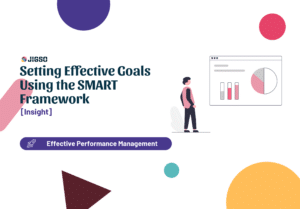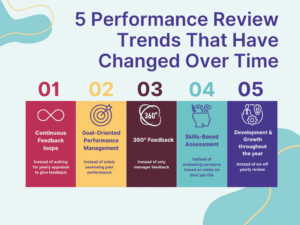For the first time, the People Analytics & Future Of Work (PAFOW) Conference was staged on the worldwide web rather than in large conference halls. However, this did not spoil the fun for Al Adamsen, David Green, and the more than 300 HR managers, vendors, and enthusiasts who were keen to broaden their horizons during this three-day online event. Below are my 4 key takeaways from PAFOW Europe 2020.
Read the full article below or download the pdf on my 4 key takeaways from PAFOW Europe Online 2020.
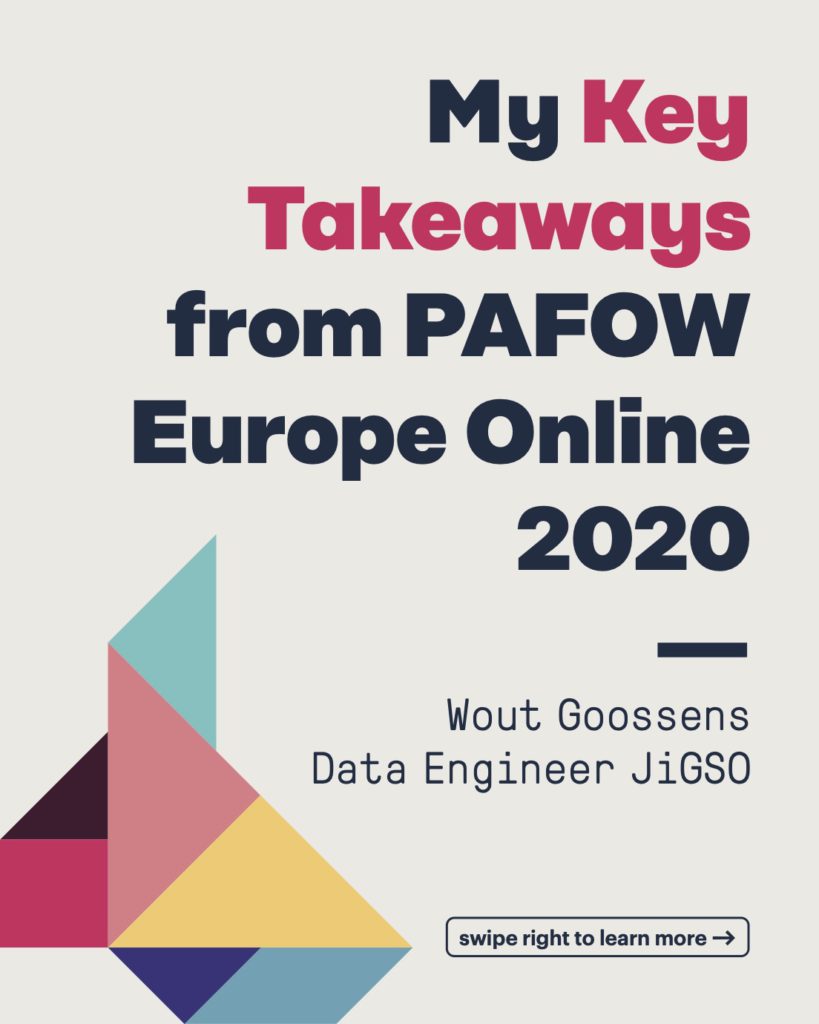
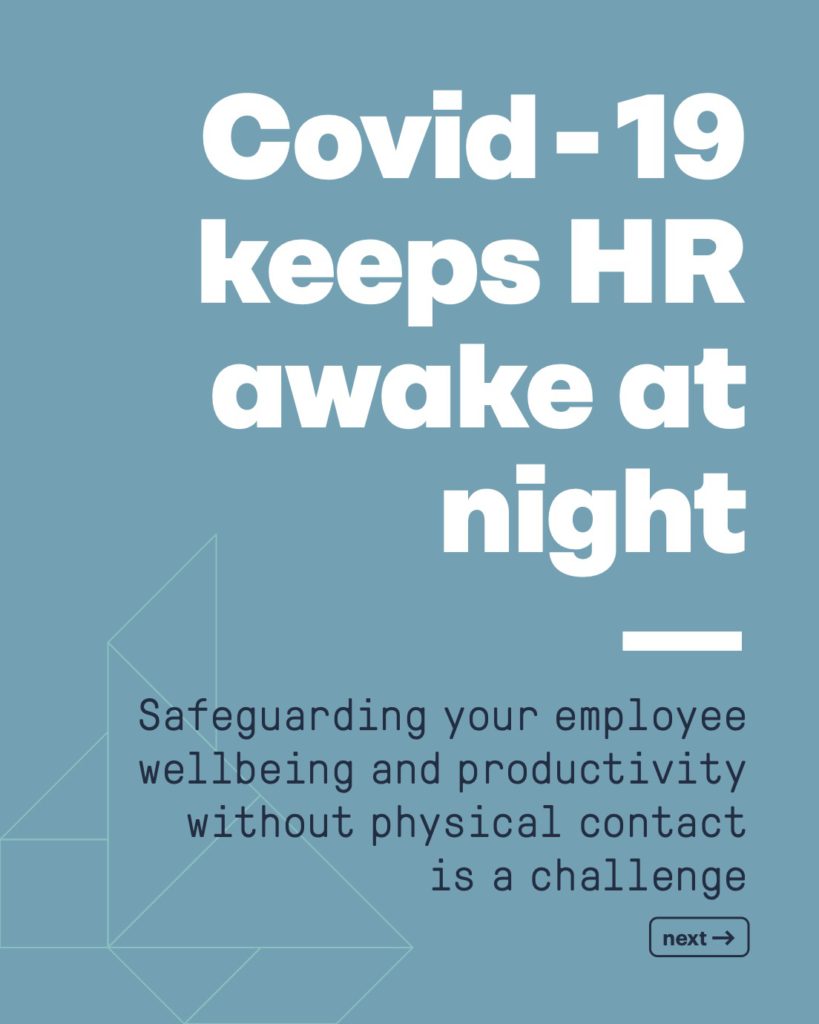
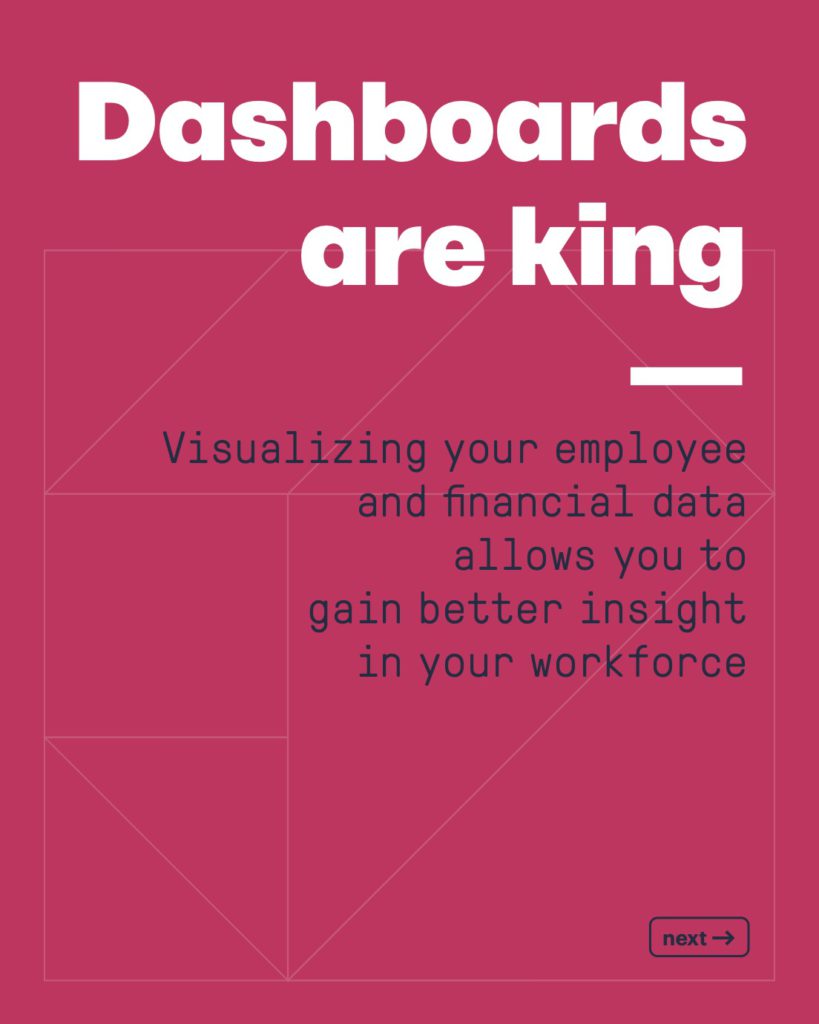
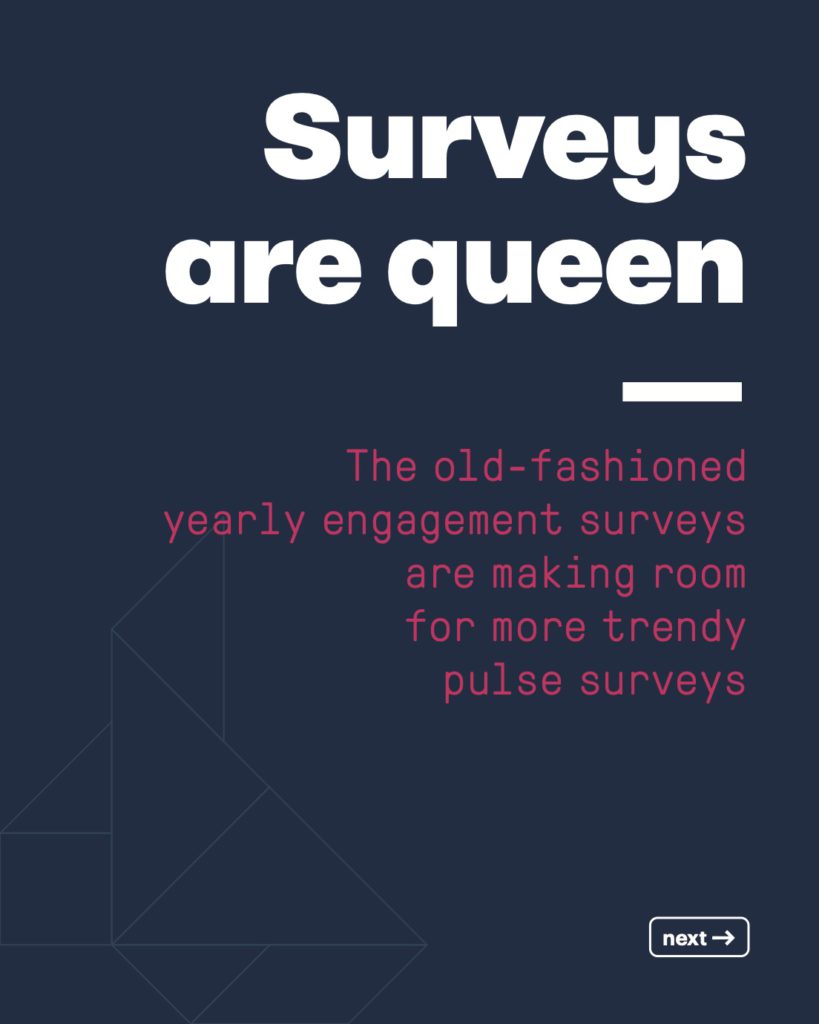
My four takeaways from PAFOW 2020
1. COVID-19 keeps HR awake at night
Given that we’re in the midst of a global pandemic, a conference on people analytics and the future of work could not pass by without having extensive discussions on how to tackle the current COVID-19 crisis from an HR perspective.
As indicated by Josh Bershin, safeguarding employee wellbeing and keeping your workforce productive from a remote location seem to be the top priorities on every HR manager’s agenda. However, doing this without being able to physically meet your workforce turns out to be a major challenge.
Most businesses showcased their agility by quickly adapting to the current situation and taking appropriate measures. Daily pulse surveys to gauge an employee’s sentiment, dashboards for keeping track of your workforce location and rearranging teams to reduce virus transmission were just some of the examples of the measures that businesses had taken to ensure the continuity of their human capital.
However, as Bershin correctly pointed out during his closing talk on Wednesday: Black Swan disruptions like the recent COVID-19 outbreak are not as uncommon as we would like to think — and they will become bigger and more frequent in the future. Therefore, a first takeaway for HR-departments is to be ready for disruptive events on an ongoing basis. Take your time to experiment with different analytical tools, try out various communication channels, and make sure your workforce is able to stay productive when working remotely. So whenever shit hits the fan again, you’re ready!
2. Dashboards are King
From shiny and advanced to rather simplistic and dull, most businesses have implemented at least some form of dashboarding to visualize the current status of their workforce – and HR seems to love it. Why? Because dashboards provide the HR department with the much needed tool that allows them to quickly get a hold of their workforce.
As demonstrated by David Shontz from Nokia, businesses are taking steps towards combining data from multiple sources and putting them alongside each other in the same dashboard. Evidently, being able to visualize your employee data alongside operational and financial data in a comprehensible way allows HR-practitioners to gain a better understanding of the drivers and barriers within your workforce.
On top of that, dashboards have proven to be an extremely effective tool for tracking your workforce during global pandemics. Lots of businesses have taken steps towards enriching their dashboards with COVID-19 related data, allowing them to determine employee risk profiles based on demographics, track the status of travelling employees, and stay up to date with local regulations for their remote workforce.
3. Surveys are Queen
With increasingly more people working from the comfort of their homes, HR managers are desperately looking for tools to keep a pulse on their workforce. Their preferred choice? Definitely Surveys.
How are you coping with this situation? What is the level of adoption you’re going through? What is blocking you from being productive? These are just a few of the questions that companies have been sending out to their workforce with the use of short pulse surveys — and with results.
Thomas Rasmussen, Sally Smith, and multiple other HR managers who attended the PAFOW Europe 2020 conference pointed out that they were able to quickly intervene on an emerging problem by scanning through the results obtained from their pulse surveys. Whereas the trend of implementing pulse surveys has been apparent for years, old-fashioned yearly engagement surveys finally seem to be making room for their more trendy alternatives.
4. People Analytics is on the move, but we’re not there yet!
Without a doubt, the PAFOW community encapsulates the majority of people that spend their days being busy with people analytics, workforce insights, and data-driven HR in general. Where the human resources department is known for happily sharing interesting ideas across company borders, the rather limited number of talks on in-depth technical solutions makes me believe that we — as a community — can still grow in sharing and discussing more of the technical-related content as well.
We’re sitting on a large pile of gold (being data) ready for the taking. Dashboards and simple descriptive statistics may not be the ideal way to truly materialize the hidden value that resides within this data – but advanced data analytics and machine learning might be. Therefore, I particularly enjoyed Patrick Coolen’s talk about how ABN AMRO has leveraged the power of advanced data-analytics tools like natural language processing to aid their continuous employee listening program.
Do not get me wrong, we’re definitely on the right track! But perhaps it’s time for us — the HR tech community — to extend our sharing habits to include technical content as well. Let’s brainstorm together, share innovative ideas, and go beyond the descriptive analytics, in order to truly launch the HR department into the data-driven era.

